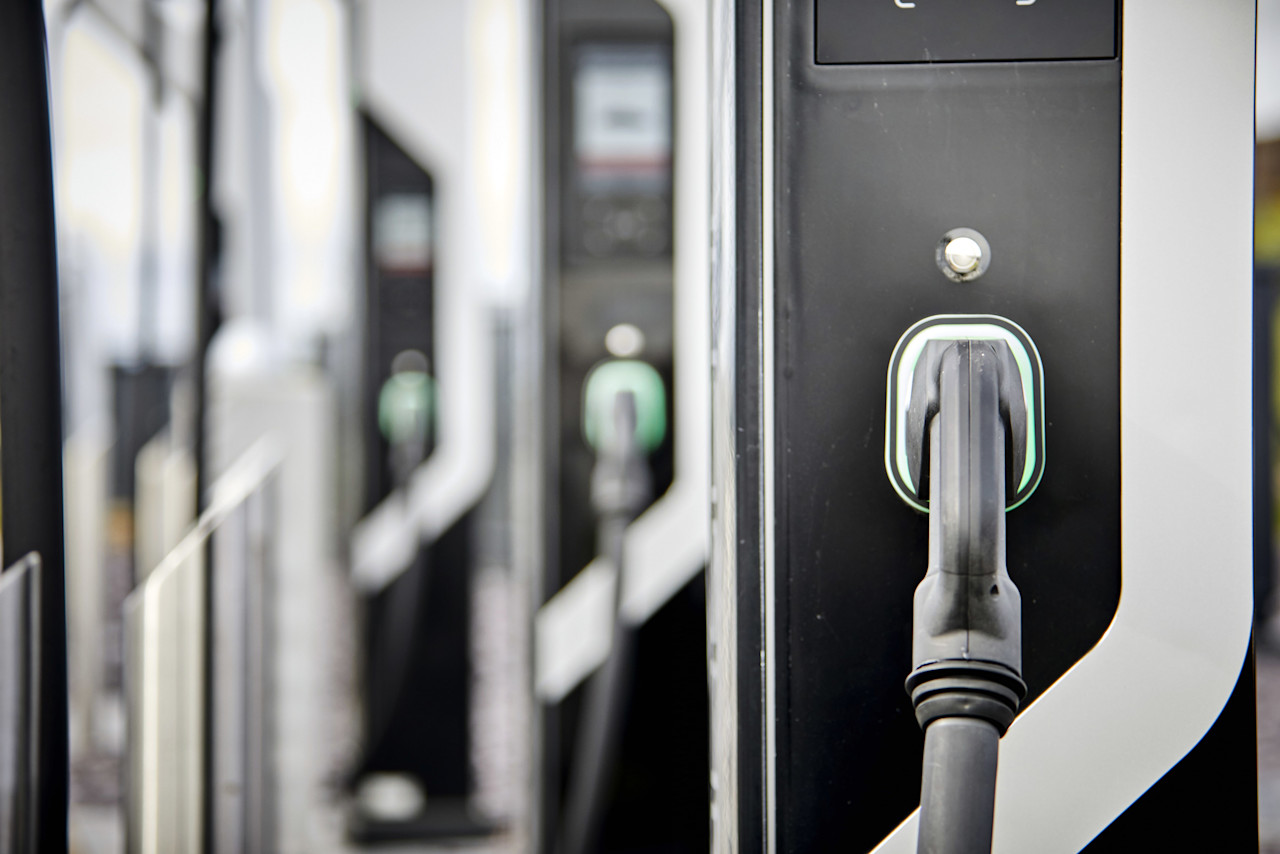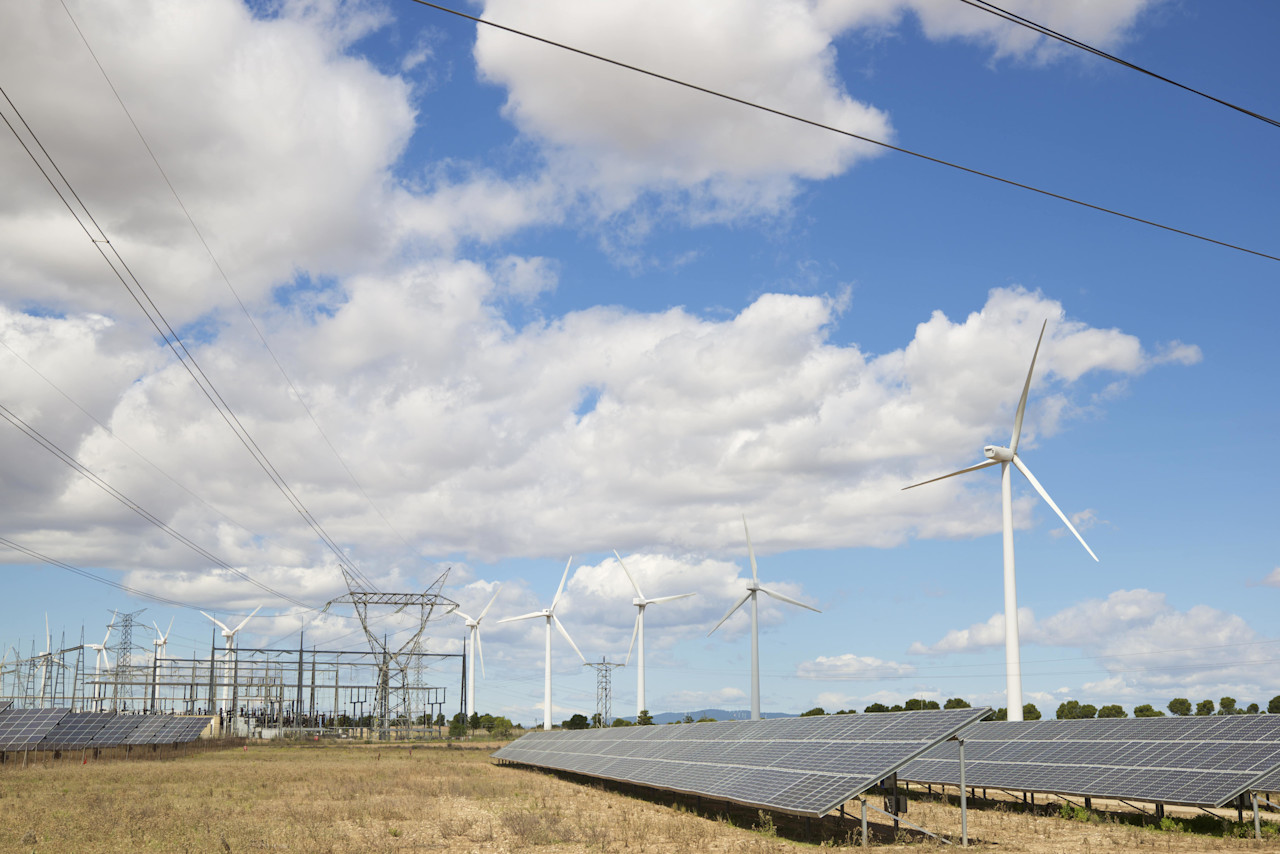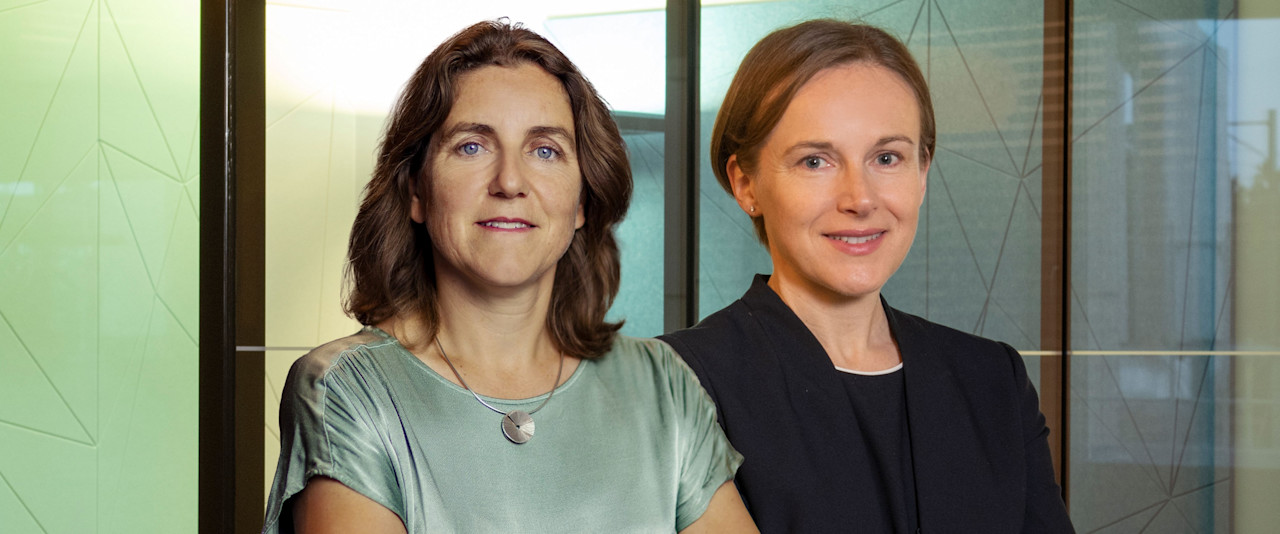Net zero emissions, or carbon neutrality, occurs when an entity has reduced greenhouse gas emissions to the maximum possible level so that the residual emissions can be neutralized by carbon removal. The concept of it was framed by the Intergovernmental Panel on Climate Change (IPCC) in 2018 as the principal means of meeting the Paris Agreement of 2015. This seeks to limit global warming to a maximum of 2 degrees Celsius above pre-industrial levels by 2100, and ideally to 1.5 degrees.
To do this, the world needs to become carbon neutral by 2050. This has promoted an increasing number of nations, companies and investors including Robeco to pledge to achieve net zero emissions by this date.1 This goal was strengthened by commitments made at the COP26 climate summit, although not all nations are targeting 2050 – China, which is heavily reliant on coal, says it aims to achieve this by 2060.
Robeco signed the Net Zero Asset Manager Commitment in December 2020 and published a roadmap in October 2021 explaining how this can be achieved.2 The roadmap is based on three pillars; decarbonizing all assets by an average of 7% a year; accelerating the transition through active ownership, and promoting climate-aligned investing. This includes the launch of some pioneering strategies that were among the first to align bond investing with a Paris Agreement-aligned benchmark.
Fundamental shift
Reaching net zero requires massive decarbonization and a fundamental shift away from the use of fossil fuels in power generation towards renewables that have zero emissions. It is a far harder task that it appears, since some industries are better able to decarbonize than others. For energy companies and utilities, for example, it is a fairly straightforward issue of replacing fossil fuel sources with renewables as more wind and solar capacity comes online.
However, it is much more difficult for industries such as plastics and clothing to substitute oil-based ingredients for something carbon neutral that works just as well. While the auto industry can switch to electric vehicles, current technology means battery power does not work for commercial aircraft. It is also sometimes necessary to create more emissions, such as in the construction of more energy-efficient buildings, in order to save them longer term.
A significant generator of emissions comes from farm animals, particularly cattle bred for beef, which generates as much as 14.5% of all greenhouse gases.3 Reducing this to achieve net zero requires the world to eat less meat and dairy products, significantly changing diets in the West.

Commercial cattle are a major source of emissions.
Net means net
A key point is that achieving net zero does not mean banishing all emissions, which is virtually impossible to achieve. It means decarbonizing until as many avoidable emissions have been removed as possible, such as by replacing coal with wind power. The residual emissions can then be neutralized through either natural or artificial means.
The most obvious natural way of removing carbon naturally is through carbon sinks such as forestry. One report suggested that planting one trillion trees in undeveloped areas of the world identified as being suitable for forestry – a land area that is three times the size of the US – could create a carbon sink big enough to potentially end global warming.4
Meanwhile, deforestation acts as a double whammy for emissions. It not only removes trees that act as a natural carbon sink; cutting down the tree releases the carbon that it had collected over its lifetime and returns it to the atmosphere. This accounts for about 15% of all greenhouse has emissions; if trees are burned instead of felled, then this can be even higher.5
Carbon capture and storage
Removing carbon artificially can be done through Carbon Capture and Storage (CCS). This uses several technologies, including emissions absorption, chemical looping and membrane gas separation. In order for CCS to be effective, concentrated emissions are necessary.
A carbon capture system placed on top of a factory, for example, works very well and is fairly cost efficient. There are now 135 commercial CCS facilities in the world of which 27 are fully operational, according to the Global CCS Institute.6 They operate in a diverse range of sectors including cement, steel and power generation. Once captured, the carbon can be safely shipped away and stored deep underground.
However, this method cannot easily be applied to CO2 present more generally in the atmosphere, and the wide-scale application of CCS necessary to make an impact on climate mitigation is many years away. Investors subsequently view carbon capture as not currently having the scale to make a noticeable difference on global emissions, though it does offer more localized solutions.

Source: Global CCS Institute.7
Negative emissions
Negative emission technology goes further by actually removing CO2 from the atmosphere. A simple way of doing this is by growing biomass fuels to use for energy and then using CCS to capture the emissions when it is burnt. This leads to a net loss of emissions, since the biomass will absorb some CO2 while it is growing, and the emissions from burning it won’t re-enter the atmosphere.
A more advanced method is through Direct Air Capture and Carbon Storage (DACCS), in which air passes over liquid or solid absorbents which remove the CO2 so that it can be filtered and stored. The first DACCS plant installed in Switzerland in 2017 can remove 990 tons of CO2 from the atmosphere per year.8 Its main drawback is that the technology is expensive and too small to make a global difference.
1 https://www.robeco.com/en-int/insights/2020/12/robeco-commits-to-net-zero-carbon-ambition-by-2050
2 https://www.robeco.com/en-int/insights/2021/10/robeco-publishes-roadmap-to-net-zero-emissions
3 https://www.fao.org/news/story/en/item/197623/icode/
5 https://www.scientificamerican.com/article/deforestation-and-global-warming/
6 https://www.globalccsinstitute.com/resources/global-status-report/
7 https://www.globalccsinstitute.com/resources/ccs-image-library/
8 https://unfccc.int/sites/default/files/resource/28_EASAC%20Report%20on%20Negative%20Emission%20Technologies.pdf



















